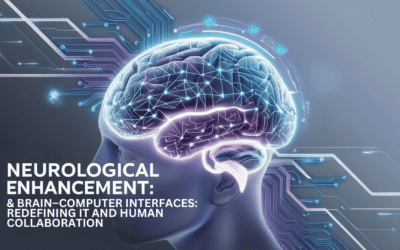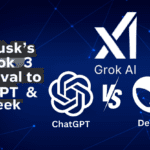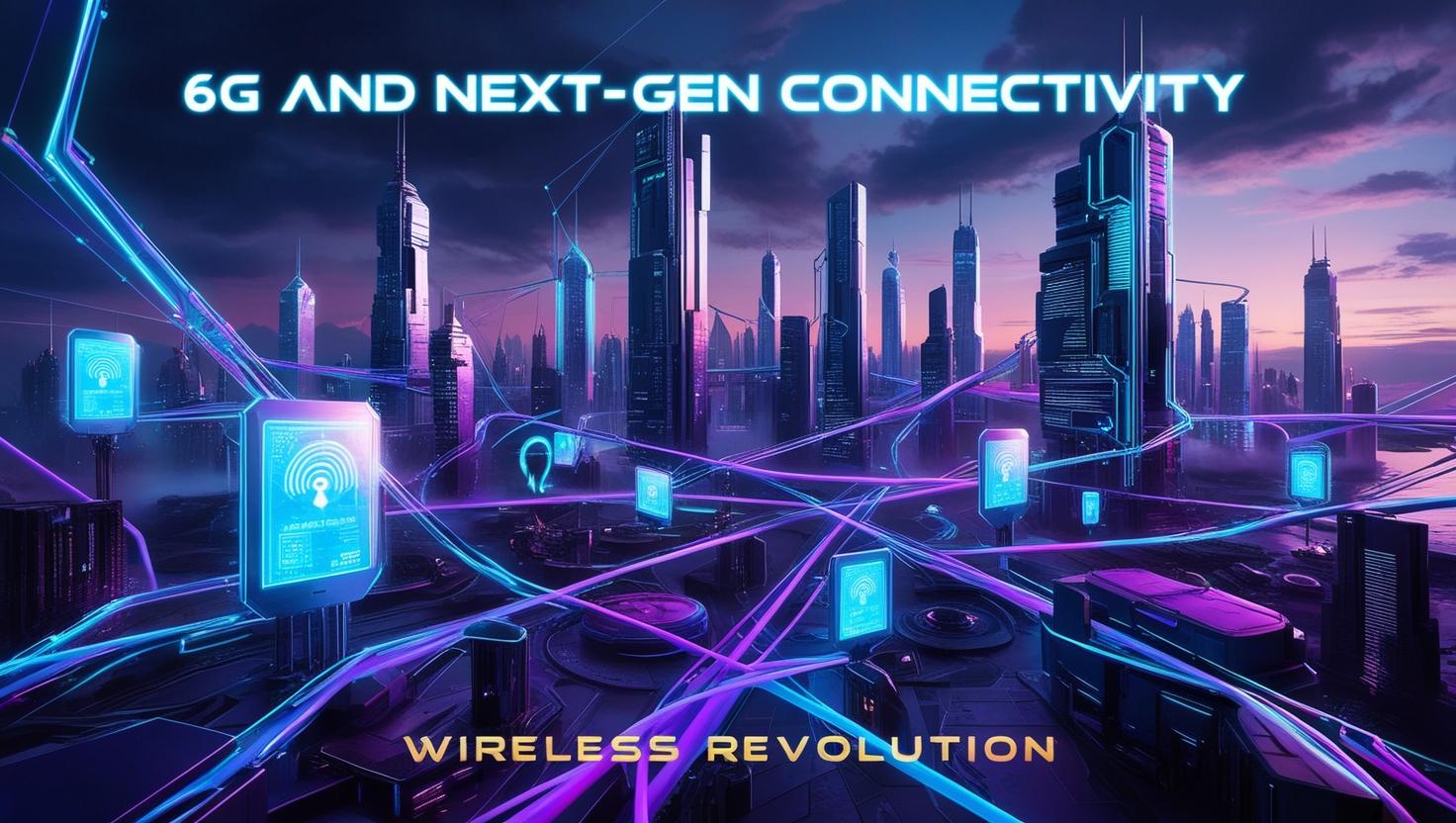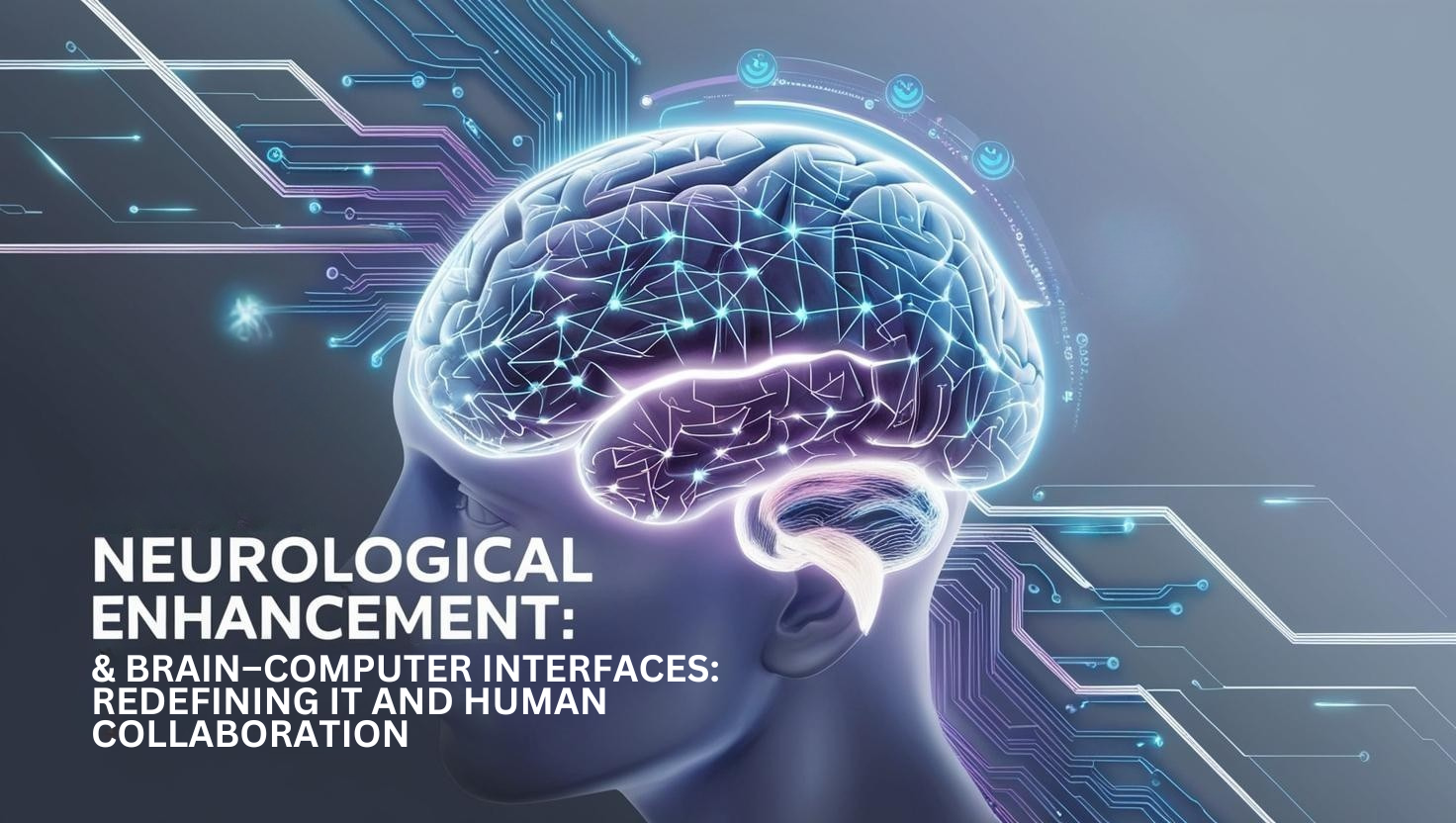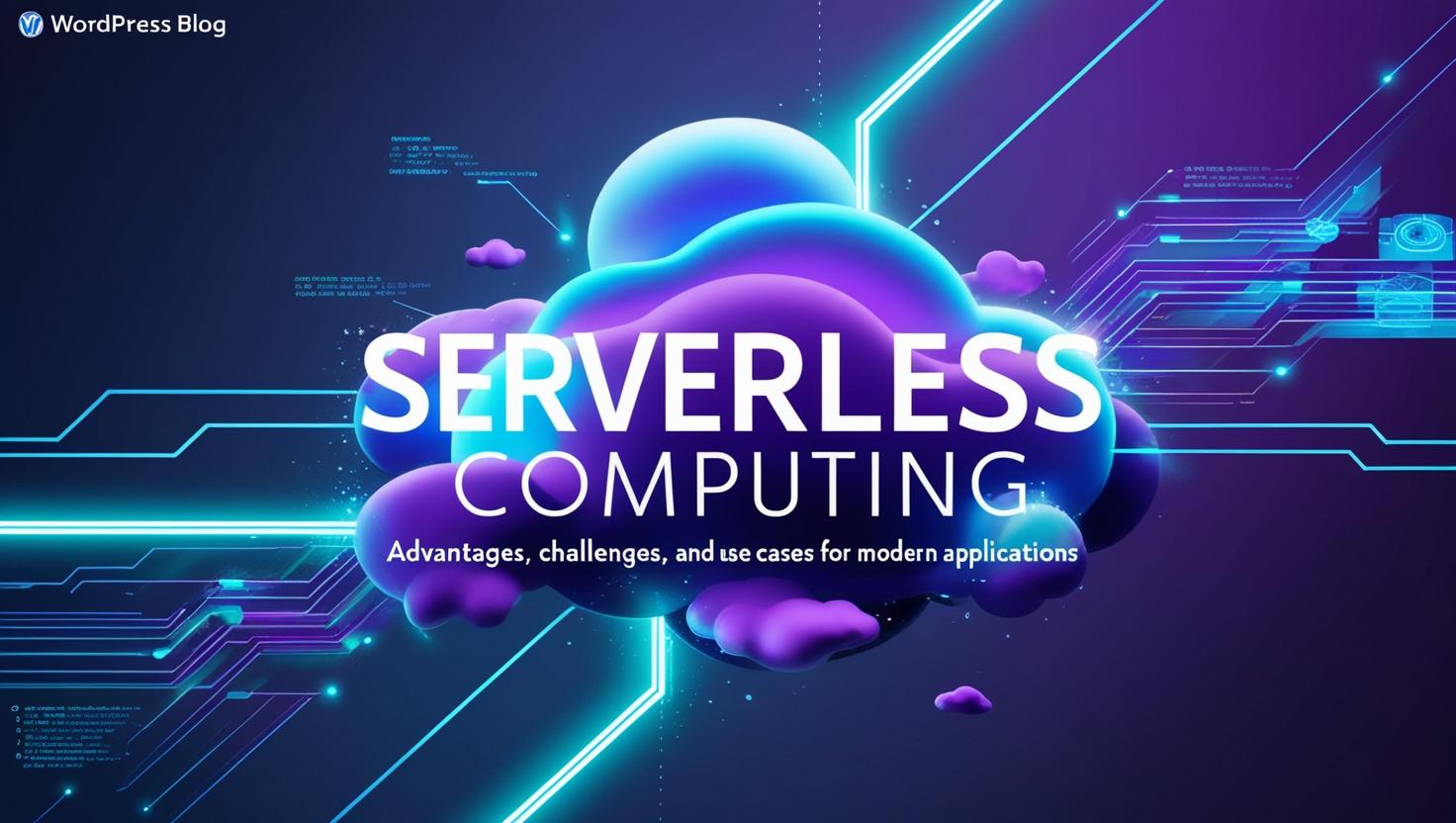Introduction: The Future of Wireless Connectivity
The transition from 5G to 6G and next-gen connectivity is not just an incremental upgrade—it’s a paradigm shift. Slated for commercialization by 2030, 6G promises to revolutionize industries with terabit-per-second speeds, microsecond latency, and seamless integration of AI, quantum security, and non-terrestrial networks. This article explores the transformative potential of 6G technology, its key innovations, and how businesses can prepare for the wireless revolution.
What is 6G? The Evolution of Wireless Standards
6G represents the sixth generation of wireless technology, building on 5G’s foundation to deliver 1 terabit per second (Tbps) speeds and latency as low as 1 microsecond—100 times faster than 5G. Unlike previous generations, 6G aims to merge communication, sensing, and AI into a unified ecosystem, enabling applications like holographic telepresence, autonomous smart cities, and immersive extended reality (XR) .
Core Technologies Powering 6G
- Terahertz (THz) Communication: Operating in the 100 GHz–10 THz spectrum, THz bands enable ultra-high bandwidth for data-intensive applications like real-time holography and the metaverse.
- AI-Native Networks: AI will optimize resource allocation, predict network failures, and automate operations, creating self-healing networks.
- Non-Terrestrial Networks (NTN): Satellite constellations (e.g., SpaceX’s Starlink) and drones will provide global coverage, bridging connectivity gaps in remote areas.
- Quantum Communication: Quantum key distribution (QKD) ensures unbreakable security for sensitive industries like finance and defense.
6G and Next-Gen Connectivity: Impact on Mobile Networks
Ultra-Fast Speeds and Microsecond Latency
6G’s terahertz frequencies will enable near-instantaneous data transfer, supporting mission-critical applications like remote surgery and real-time autonomous vehicle coordination. Researchers at University College London have already achieved lab speeds of 938 Gbps—9,000 times faster than current 5G—using experimental 6G networks.
AI-Driven Network Optimization
6G will embed AI into its core architecture, enabling self-organizing networks (SON) that dynamically allocate resources and predict congestion. For example, VIAVI’s AI-driven beam management reduces latency by 50% while halving power consumption.
Universal Coverage via NTN Integration
By combining terrestrial networks with satellites and drones, 6G will ensure connectivity in oceans, skies, and rural regions. Qualcomm’s Snapdragon Satellite and Delay-Tolerant Networking (DTN) protocols are pioneering this hybrid approach.
Revolutionizing IoT with 6G and Next-Gen Connectivity
The Internet of Everything (IoE)
6G will connect trillions of devices, from wearables to industrial sensors, creating a unified ecosystem for smart cities and Industry 4.0. Samsung’s vision includes ubiquitous connectivity for smart factories, where machines communicate in real-time to optimize production.
Energy-Efficient IoT Solutions
Zero Energy Communication (ZEC) will power IoT devices using ambient energy sources like solar or radio waves, eliminating battery replacements and reducing environmental impact.
Joint Communication and Sensing (JCAS)
6G devices will double as environmental sensors, using signals to map surroundings. VIAVI’s JCAS prototypes in the 7–24 GHz band enable situational awareness for autonomous systems.
Transforming Enterprise Connectivity
Smart Factories and Industry 4.0
6G will enable real-time machine-to-machine communication, predictive maintenance, and digital twins—virtual replicas of physical systems for remote monitoring. For example, AI-powered robots in manufacturing plants will collaborate autonomously, reducing downtime by 30%.
Secure and Scalable Networks
Blockchain and quantum cryptography will secure enterprise data, while network slicing will allocate dedicated bandwidth for critical applications like telemedicine.
Edge Computing and Distributed Intelligence
Mobile Edge Computing (MEC) will process data closer to users, slashing latency for applications like augmented reality (AR) training simulations. Nvidia’s A100 Tensor Core GPUs and Intel’s Xeon D-1700 processors are already advancing this frontier.
Challenges in Deploying 6G and Next-Gen Connectivity
- Infrastructure Costs: Building THz-compatible base stations and satellite constellations requires massive investment.
- Spectrum Allocation: Regulators must resolve conflicts over THz frequencies, currently used for defense and scientific research.
- Security Risks: AI-driven networks are vulnerable to adversarial attacks, necessitating robust encryption frameworks.
Conclusion: Preparing for the 6G Era
6G and next-gen connectivity will redefine global communication, merging AI, quantum security, and universal coverage into a cohesive framework. Businesses must:
- Invest in AI and edge computing infrastructure.
- Collaborate with governments to standardize spectrum allocation.
- Prioritize sustainability through energy-efficient designs.
As Samsung’s Charlie Zhang notes, “The telecommunication industry must align 6G with market demands to deliver transformative user experiences”. By 2030, 6G will not only connect devices—it will create a hyper-intelligent, immersive world.
For further insights, refer to the sources cited in the links below:
- IEEE Spectrum:
“The Road to 6G: What It Means for Wireless Communication”
https://spectrum.ieee.org/6g - Ericsson:
“6G: The Next Generation of Mobile Connectivity”
https://www.ericsson.com/en/6g - Qualcomm:
“6G: The Future of Wireless Technology”
https://www.qualcomm.com/invention/6g - International Telecommunication Union (ITU):
“6G and Beyond: The Future of Global Connectivity”
https://www.itu.int/en/ITU-T/Pages/6G - GSMA Intelligence:
“The Future of Mobile: 6G and Beyond”
https://www.gsma.com/intelligence/





